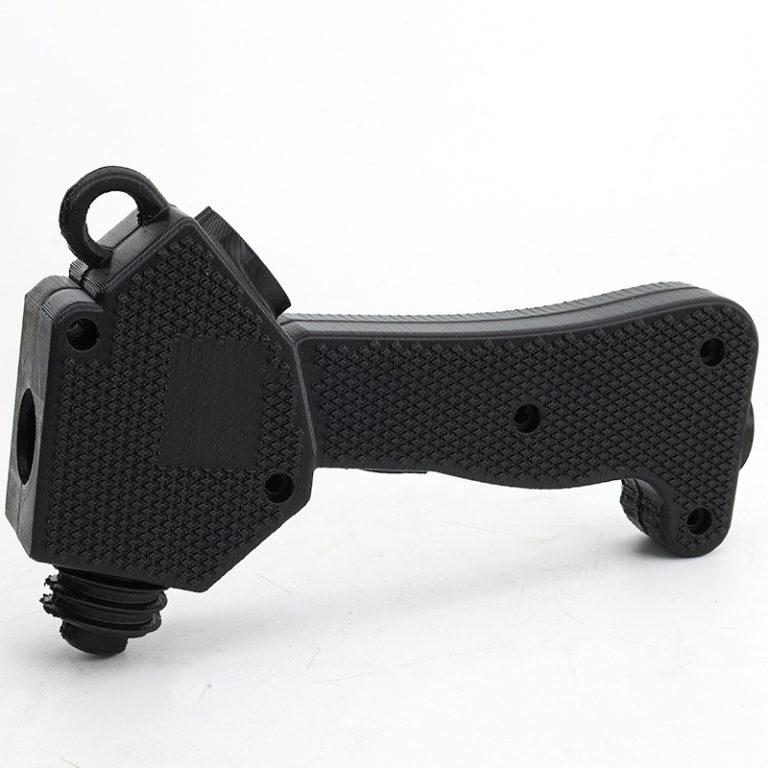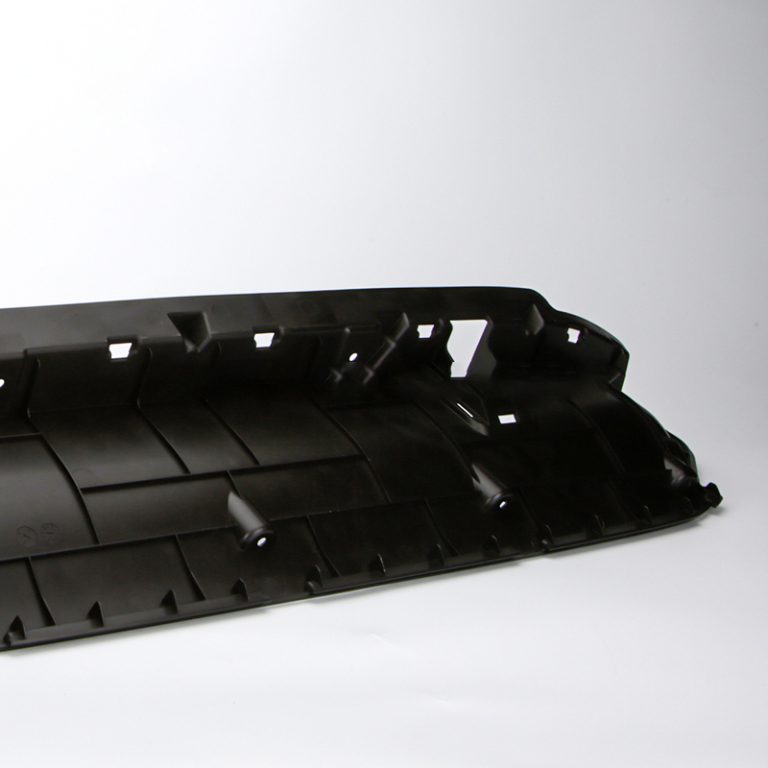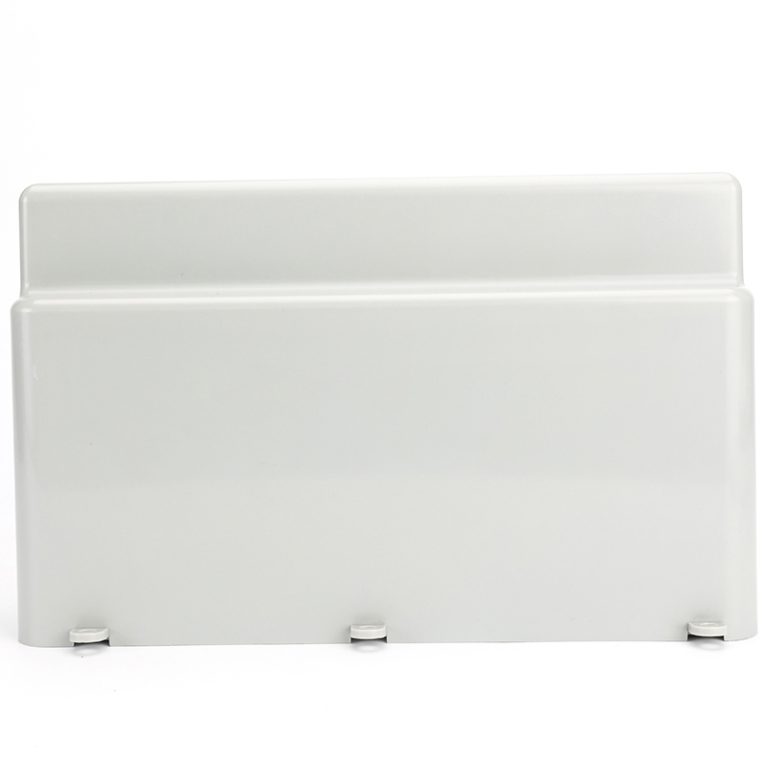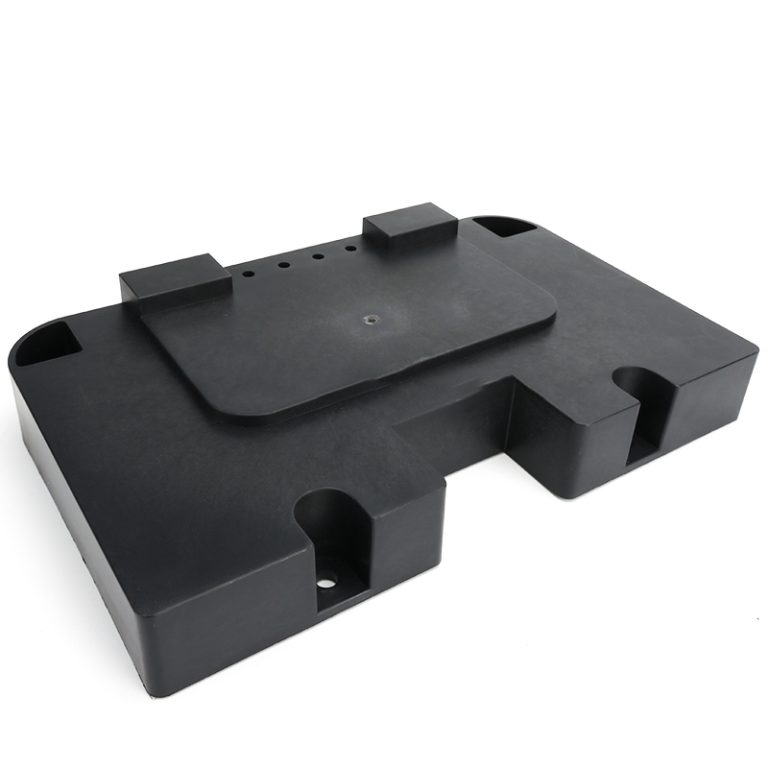The Process of Plastic Pen Injection Molding

Plastic pen injection molding is a widely used manufacturing process that allows for the mass production of plastic pens. This process involves injecting molten plastic into a mold cavity, which then cools and solidifies to form the desired pen shape. In this article, we will explore the various steps involved in plastic pen injection molding, from design to production.

The first step in plastic pen injection molding is the design phase. This is where the pen’s shape, size, and features are determined. Designers use computer-aided design (CAD) software to create a 3D model of the pen, which serves as the blueprint for the mold. During this phase, it is important to consider factors such as ergonomics, functionality, and aesthetics.
Once the design is finalized, the next step is to create the mold. The mold is typically made from steel or aluminum and consists of two halves, the cavity, and the core. These halves are precision-machined to create the desired pen shape. The mold also includes channels and gates through which the molten plastic will flow.
With the mold ready, the actual injection molding process can begin. The first step is to preheat the mold to the desired temperature. This ensures that the plastic will flow smoothly and evenly throughout the mold. Once the mold is heated, it is clamped shut, and the injection molding machine is activated.
The machine consists of a hopper, where plastic pellets are fed into, and a screw that melts and homogenizes the plastic. The molten plastic is then injected into the mold cavity under high pressure. This pressure ensures that the plastic fills all the nooks and crannies of the mold, resulting in a precise and detailed pen shape.
After the plastic is injected, it is left to cool and solidify inside the mold. The cooling time depends on factors such as the type of plastic used and the size of the pen. Once the plastic has solidified, the mold is opened, and the pen is ejected. This process is repeated for each pen, allowing for high-volume production.
Once the pens are ejected from the mold, they undergo various finishing processes. This includes removing any excess plastic, such as flash or sprue, and adding any additional features, such as clips or logos. The pens are then inspected for quality and packaged for distribution.
Plastic pen injection molding offers several advantages over other manufacturing processes. Firstly, it allows for the production of complex and intricate pen designs that would be difficult or impossible to achieve with other methods. Secondly, it enables high-volume production, making it cost-effective for manufacturers. Lastly, it results in consistent and uniform pens, ensuring quality and customer satisfaction.
In conclusion, plastic pen injection molding is a highly efficient and effective manufacturing process. From design to production, each step is carefully executed to ensure the creation of high-quality plastic pens. With its ability to produce complex designs and high volumes, plastic pen injection molding continues to be the preferred method for pen manufacturers worldwide.
| Product Name | our services |
| Plastic injection molding parts | one-stop services |






